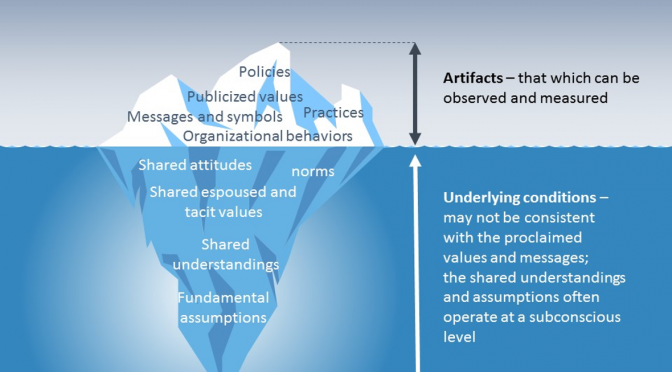Led by:
Dr. Mary Beth Mulcahy
Editor, ACS Chemical Health & Safety
The papers she shared:
- 2020 Welcome to ACS Chemical Health & Safety: https://pubs.acs.org/doi/10.1021/acs.chas.0c00010
- 2020 Let’s Disagree About Safety: https://pubs.acs.org/doi/full/10.1021/acs.chas.0c00050
- 2011 Report on the Texas Tech University Chemistry Lab Explosion: https://www.csb.gov/texas-tech-university-chemistry-lab-explosion/
- 2013 College and university sector response to the U.S. Chemical Safety Board Texas Tech incident report and UCLA laboratory fatality: https://pubs.acs.org/doi/abs/10.1021/acs.chas.8b20206
- 2020 Ten Years After the Texas Tech Accident: Part I: A Historical Retrospective: https://pubs.acs.org/doi/abs/10.1021/acs.chas.0c00027
- 2020 Ten Years after the Texas Tech Accident. Part II: Changing Safety Culture and the Current State of Academic Laboratory Safety at Texas Tech University: https://pubs.acs.org/doi/abs/10.1021/acs.chas.0c00047
Dr. Mulcahy introduced Edgar Schein’s Levels of Culture discussion within the field of Organizational Culture – from which the concept of Safety Culture was initially derived. Schein has a large body of work out there if you are interested in doing a deep dive. As an initial introduction to Schein and his work, I recommend you watch this video of an excerpt of an interview with him from 2016 in which he touches upon the use, and misuse, of the term “culture” and what we should actually be measuring:
CONVERSATION HIGHLIGHTS
Dr. Mary Beth Mulcahy’s introductory talk
- The term “Safety Culture” gets thrown around a lot – often times to punish.
- Edgar Schein’s levels of culture
- Texas Tech had artifacts, but not much of the stuff below the surface
- We don’t have a “safety culture” or a “business culture” – we just have A CULTURE. What are we doing? Why are we doing that?
- When seeing someone at work looking off into the distance what question do you ask? “What is that person thinking about?” versus “Why is that person wasting time?” How you frame that question says something about the culture in which you reside.
- Ask the workers why they are or are not doing something. They may have a really good reason for the “infraction.”
- Mining the Diamond: not everything at the bottom tier will lead to a fatality, but is still important to examine.
- Many scientists push back on safety advice saying “That’s just not how scientists work” – but sometimes the question is “is the way the scientist is doing it the right way?”
General Conversation
- I got into safety because as a researcher I saw these conflicts become an “us versus them” and it stops things. Now on the safety side, I realize that it is important to be vulnerable.
- Somebody needs to be the first to lower the barrier and put ourselves out there.
- I thought that because I had a PhD and I was a researcher that the scientists were going to be more open with me. This was not the case at all.
- We want to be heard and understood more than we want to be agreed with.
- Diversity of expertise is important to the safety team.
- Difficult to get at things when their mission is compliance.
- Every time you are dealing with someone on an issue, it is not just that issue – you are also dealing with their past 30 years of experiences they have had with similar issues.
- It is important to realize that mistakes aren’t intentional.
- How do we embed decision-making opportunities into the flow of a researchers’ research?
- Language is important: instead of “this is a problem”, say “this is a learning opportunity” or “look I see an opportunity here.”
By 3:12 PM, we had 26 participants
